Hermit Crab – Global Mobile Home Nomad
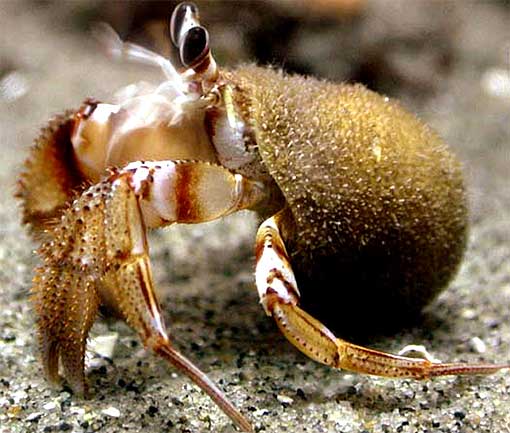
The hermit crab is a relatively small sized decapod (10 feet) crustacean. It is found in oceans worldwide and although it appears quite like a snail, that outer shell is not part of its actual body. It is actually more closely related to the crab family. However, the hermit crab is not truly of the crab genus. They are also closely related to the lobster and arachnid families.
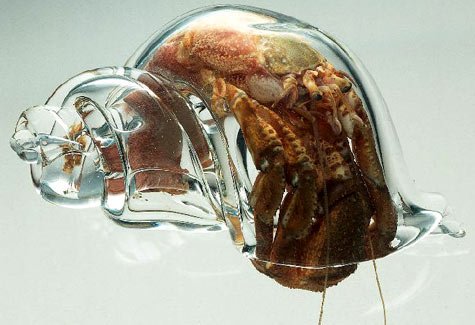
With this glass shell you can see the rest of the body they have tucked away.
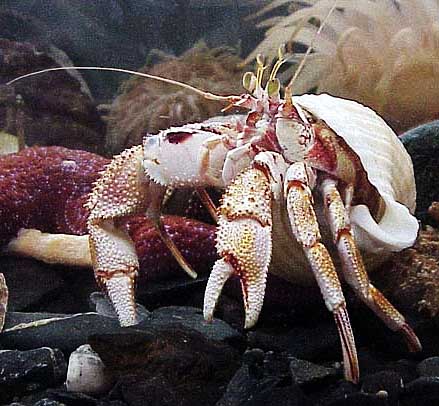
Alaskan hermit crab adapted to the cold waters
There are more than 1000 known species of hermit crab found across the world in various marine habitats. Occasionally they can be found in deeper trenches but commonly they choose to live in coastal waters where food is plentiful and there are many places to hide. They vary in size depending on their species, the very smallest are only a few millimeters long and the largest can be up to the size of a coconut! You are almost guaranteed to find some species of hermit crab in nearly every water habitat as there are so many different species.
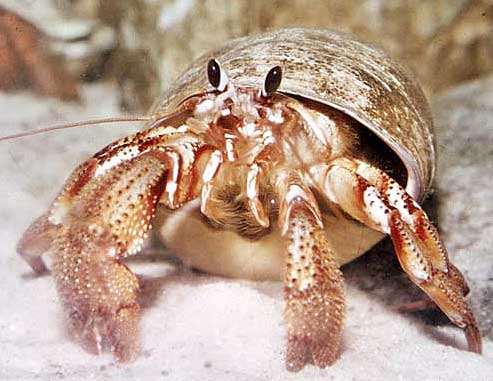
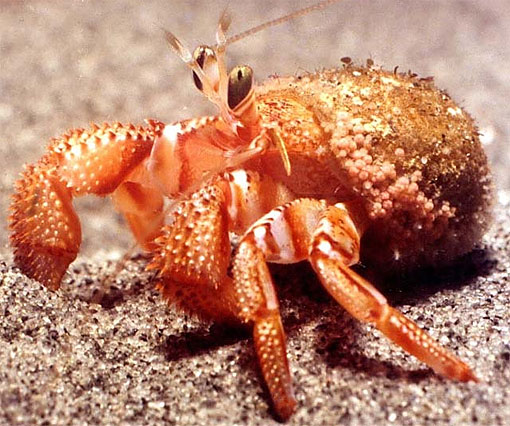
Hermit crabs are not commonly kept as pets but out of the hundreds of species there are about fifteen available in the aquarium trade. It’s believed a hermit crab can live for up to thirty years if looked after properly which is an amazing lifespan for any pet! They’re typically omnivores and will eat anything they can find in their habitat including small fish. Their most common foods include plankton and worms. As they are relatively small in size they are in turn prey for many other sea dwelling animals. Their natural predators include sharks, fish, squid and octopuses. However, they are known for their ability to hide effectively and are often found amongst sea anemones in rock pools.
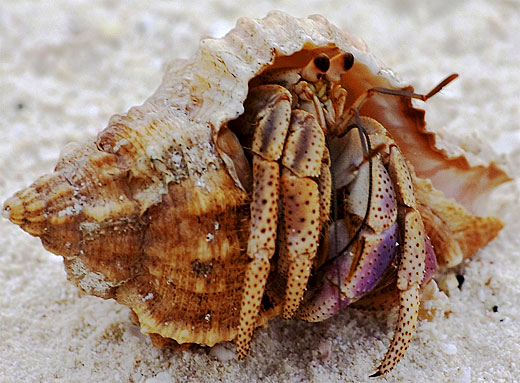
The hermit crab has a very soft underside which it protects by carrying a hard shell on its back. These shells do not originally belong to these crabs. In fact they house themselves in the shells of other animals and as they grow, they discard their old shells and replace them with larger ones. Some hermit crabs choose not to adopt a “mobile home” in the form of a shell and inhabit other “safe” areas such as corals and sponges.
